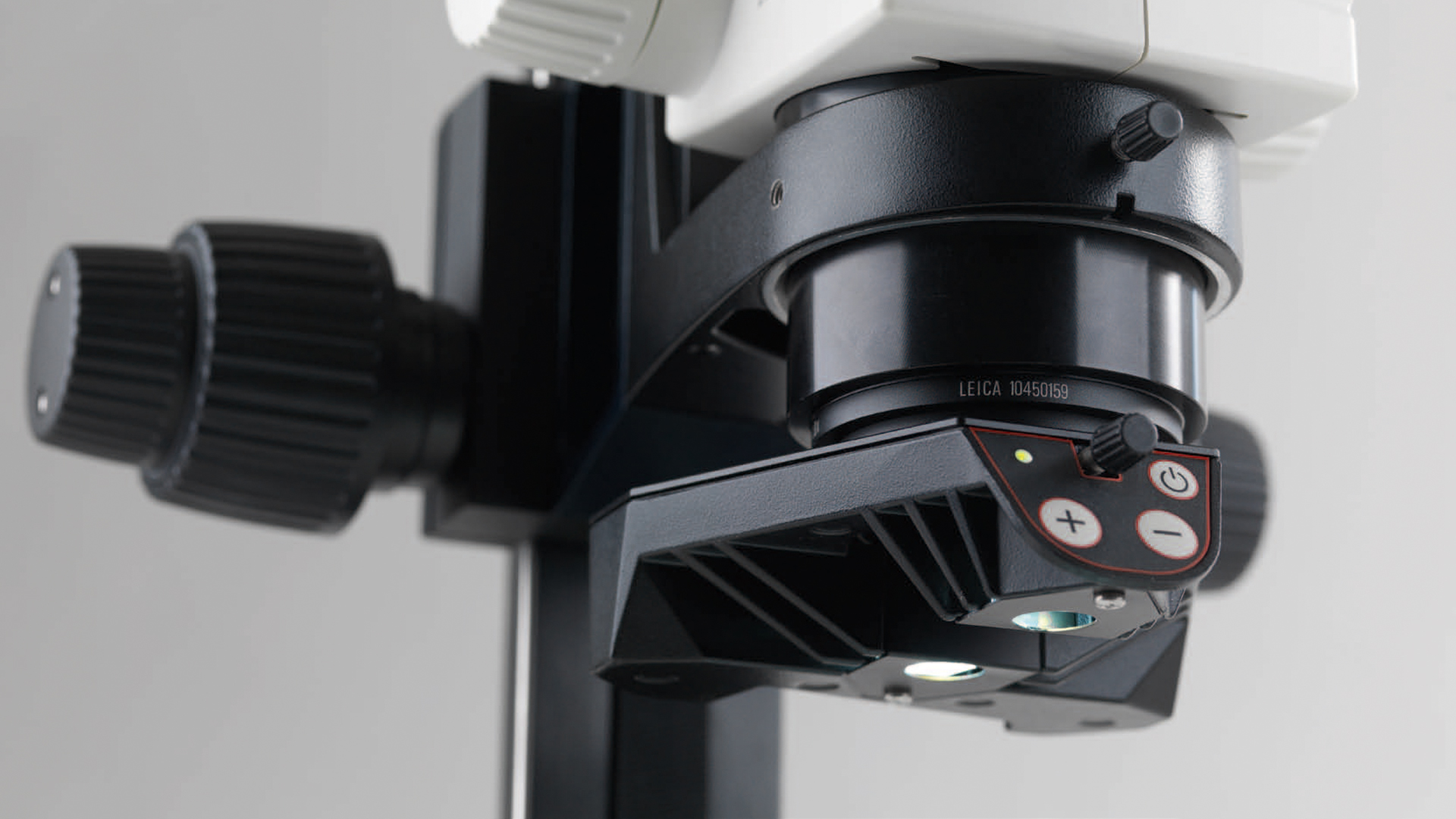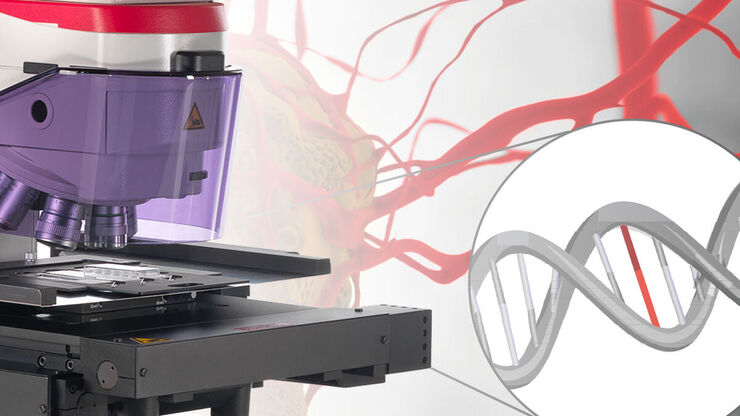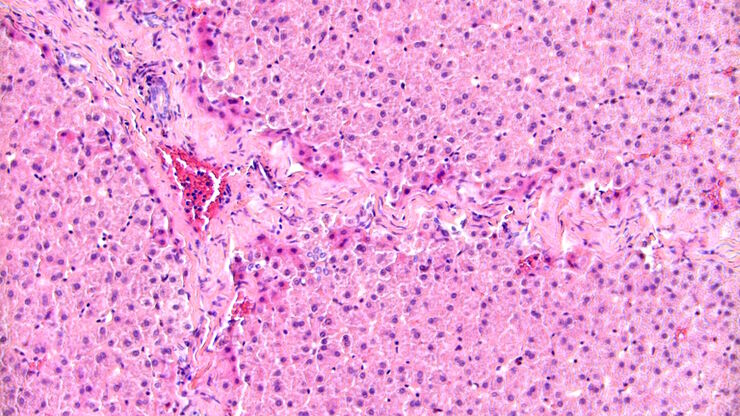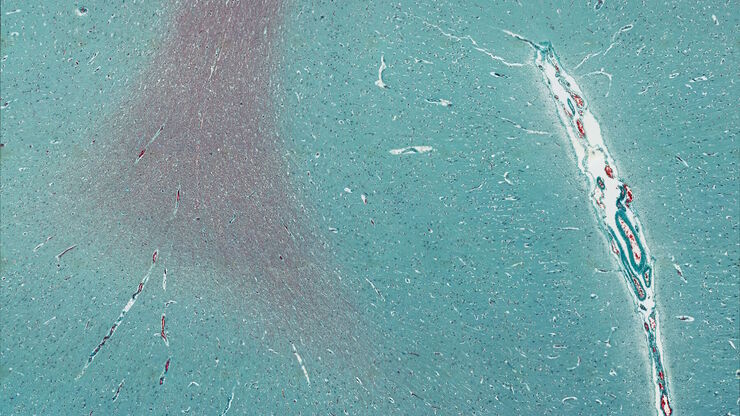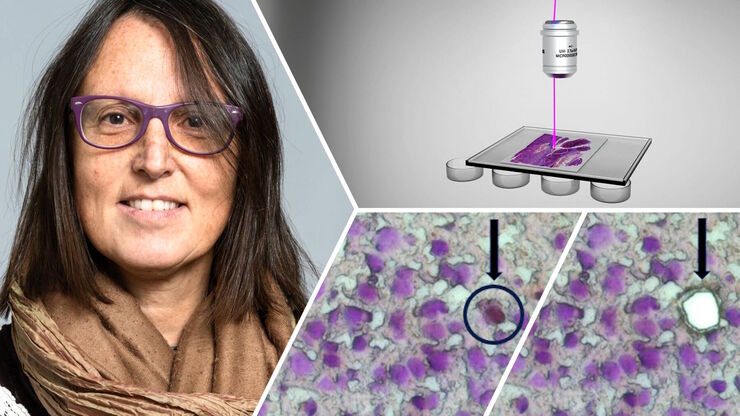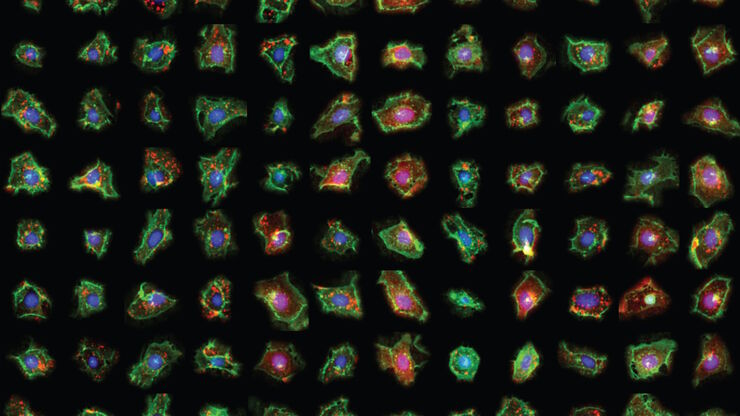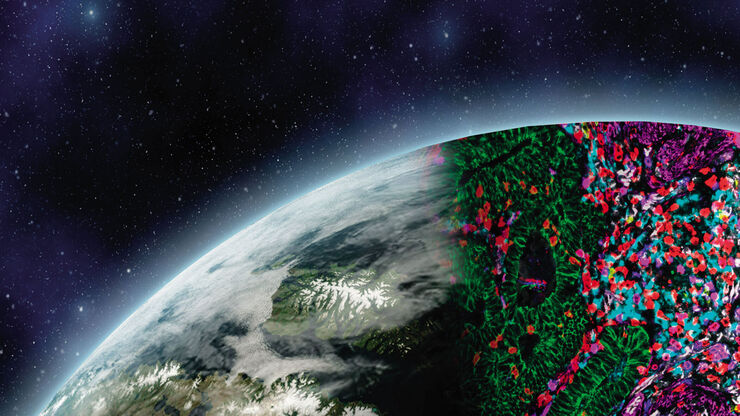Dissecting Microscopes
Dissecting microscopes help you have a better view of a specimen or sample when performing a dissection. You can spend many hours looking through the eyepieces of a dissecting microscope whenever dissections must be done. Leica Microsystems lets you select from a diverse array of microscopes and comprehensive range of dissecting microscope parts and accessories so that you can find the microscope solution that best fits your needs.
Contact us for expert advice on the right dissecting microscope for your needs and budget.
A key instrument for your laboratory or classroom
The selection of the right dissecting microscope for the hours you, your lab members, or your students may spend doing dissection is key to long-lasting, satisfactory use.
What should you look for in terms of dissecting microscope magnification and its other properties?
Whether your priority for a dissecting microscope is working distance, magnification, field of view, illumination, high resolution, depth of field, or optical quality, Leica Microsystem can provide the solution that works best for you.
Here are some key factors to consider when choosing a dissecting microscope:
- Clear view of the specimen’s or sample’s targeted area is important which is best achieved by bright illumination in the microscope’s field of view from proper light sources and high transmission optics;
- Sufficiently large area of the specimen or sample must be seen with the microscope which is best attained with a large field of view using eyepieces or a camera;
- Plenty of space to work with utensils under the microscope objective is necessary and this requires a large working distance, the distance between the objective’s front lens and the top of the sample when it is in focus, it normally decreases as the magnification increases;
- No objects should obstruct your hands and utensils under the microscope and a comfortable head and sitting position while working are important to avoid strain on the neck, back, and arms, so it is useful to have an ergonomic setup;
- Versatile and easy-to-set-up microscope configuration saves users time, reduces stress, and allows it to be used for multiple tasks.
Do you need to only observe the specimen/sample during dissection or also document your work?
If you need to document the work you do using the dissecting microscope, then integration with a Leica digital camera allows for practical documentation of results.
How many different people need to use the dissecting microscope? How many hours will they work at the microscope?
When it comes to using the dissecting microscope for many hours, it is important to consider ergonomic accessories as they can prevent strain injuries. Depending on the number of different users, it is advisable to have a microscope which can be adjusted to the preference of each user.
Is a dissecting microscope the same thing as a microdissection microscope?
No, normally microdissection is performed with a laser. The microscope which does this is known as a laser microdissection (LMD) microscope. It enables the isolation of specific areas of tissue, single cells, or even subcellular structures of a specimen.
Frequently Asked Questions Dissecting Microscopes
A dissecting microscope, also known as a stereo microscope, is used to perform dissection of a specimen or sample. It simply gives the person doing the dissection a magnified, 3-dimensional view of the specimen or sample so more fine details can be visualized.
Stereo microscopes are always used to perform dissections of a specimen or sample, therefore, they can also be called dissecting microscopes. As stereo microscopes use 2 light channels, 1 for each eye, they give the observer a magnified, 3-dimensional view of the specimen or sample. This ability makes them practical to use for dissection.
We have adapters for all C-mount compatible cameras.
Yes, use of a 3rd party software is possible: https://www.splashtop.com/classroom
Leica microscopes are modular and shipped in the configuration that best fits your stated needs. In case your needs change later, you can always upgrade your microscope by adding available accessories.
There are a lot of microscope accessories. Please get in contact with your local Leica sales representative or visit: https://www.leica-microsystems.com/products/microscope-accessories
Ergonomic accessories help users perform dissections in comfort, even if they spend long hours working with a microscope. Leica accessories allow you to adapt the dissecting microscope to your individual needs, allowing you to dissect more efficiently. There are a lot of ergonomic accessories for Leica microscopes. Please contact your local Leica sales representative for more details or visit: https://www.leica-microsystems.com/products/microscope-accessories/ergonomics

